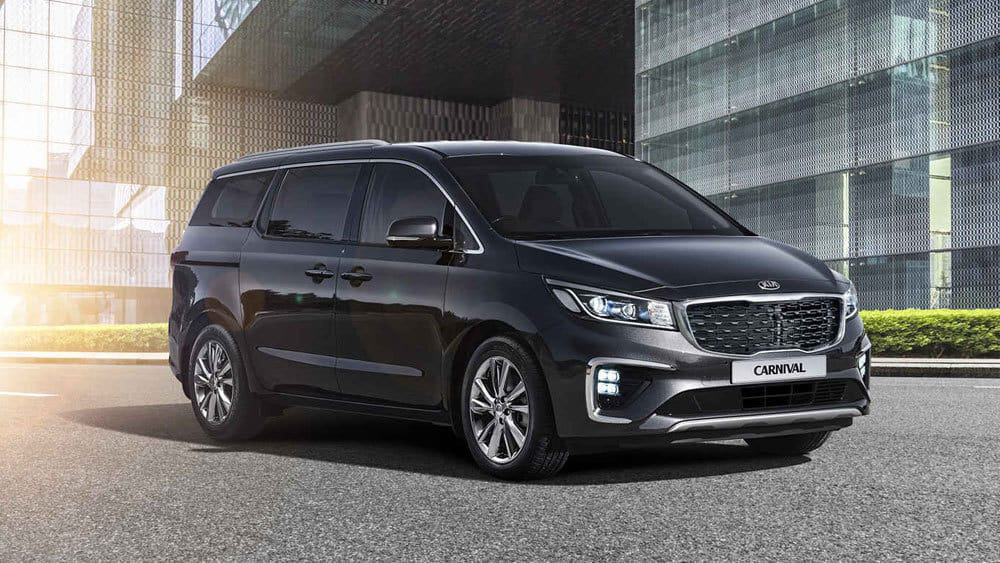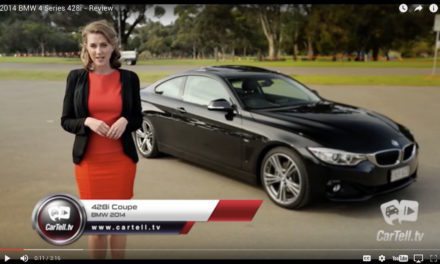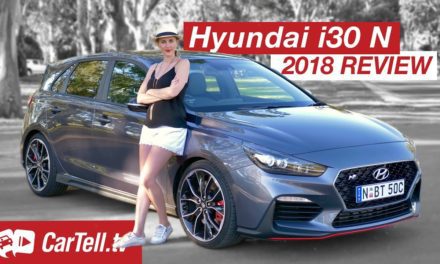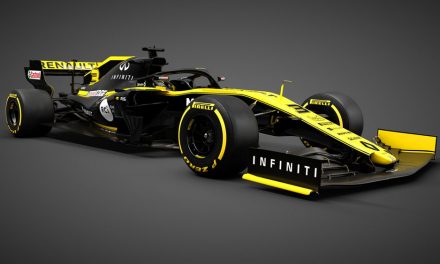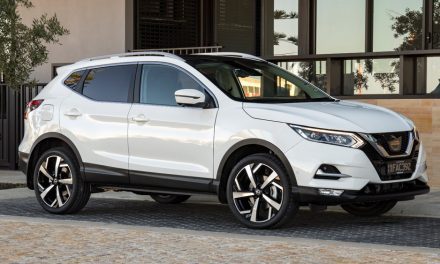FIRST thing that entered my mind when I saw the Kombi 70 was Surfin’ Safari, by the Beach Boys.
The catchy song dates back to the early 1960s, when the beach culture of the day was arriving, and sometimes living in, a VW Kombi, usually with surfboards tied onto the roof.
So the colourful Kombi 70 is a tribute to the ones of the Beach Boys era, and the vehicles were equally popular among tourists in Europe, but generally without the surfboards.
About a decade later Abba used one to go to their gigs all over Scandiwegia in their formative years.
The impossible-to-ignore Kombi 70 is a colourful two-toner with 18-inch wheels in a unique disc design.
There’s a choice of colour combinations: Candy White/Curcuma Yellow, Candy White/Starlight Blue, Candy White/Indium Grey and Indium Grey Metallic/Deep Black.
It’s priced from $64,990 drive-away, and comes with much more modern equipment, primarily turbo-diesel engine, seven-speed automatic transmission, airconditioning and powered sliding doors.
But don’t get carried away. VW produced just 120 of these for Australia, and they’ve all long gone.
You might get lucky and find a pre-owned one somewhere, but don’t hold your breath.
Similar : 2019 Kia Carnival S
The early kombis had a hinged barn-style side door. Sliding ones arrived in the mid-60s.
Inside there’s leather and Alcantara trim, flooring that looks like weathered wood (but isn’t) plus window blinds and open the back door and what we thought was an ironing board turned out to be a ‘multiflex’ board which turns the rear bench seat into a bed.
Instead of one or more occupants packing a guitar, the Kombi has a six-speaker, 6.3-inch touchscreen stereo for the crew to sing along to. But I couldn’t find Surfin’ Safari or any other Beach Boy song on it.
Because it’s 2018, of course there’s Bluetooth, Apple CarPlay and Android auto, a reversing camera, front and rear parking sensors, three-zone climate control and, more importantly, a quiet interior.
Those original kombis made conversation difficult at the best of times with their little 22 kW 1200 cc air-cooled boxer motors thrashing away.
Later models got a 38 kW 1.5 litre, but the one of today is a 2.0 litre turbo-diesel with 103 kW and 340 Nm available. And it drives the front, rather than the back wheels.
Then there’s the transmission. The four-on-the-floor has morphed into a seven-speed automatic.
The seven-seat layout comprises two big, comfortable seats with arm rests up front, more of the same in the middle and a three-seat bench across the back.
The middle ones are on rails, and adjustable every which way.
You can slide them back and forth, turn them to have a serious political conversation with the trio in the back, or take them out and use the space for carrying firewood. Or some guitars, if you must.
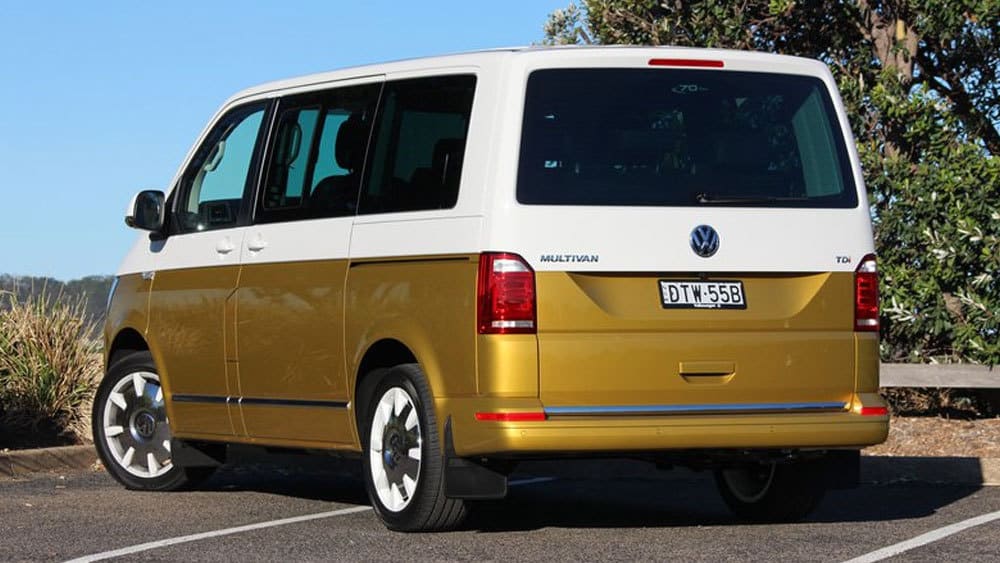
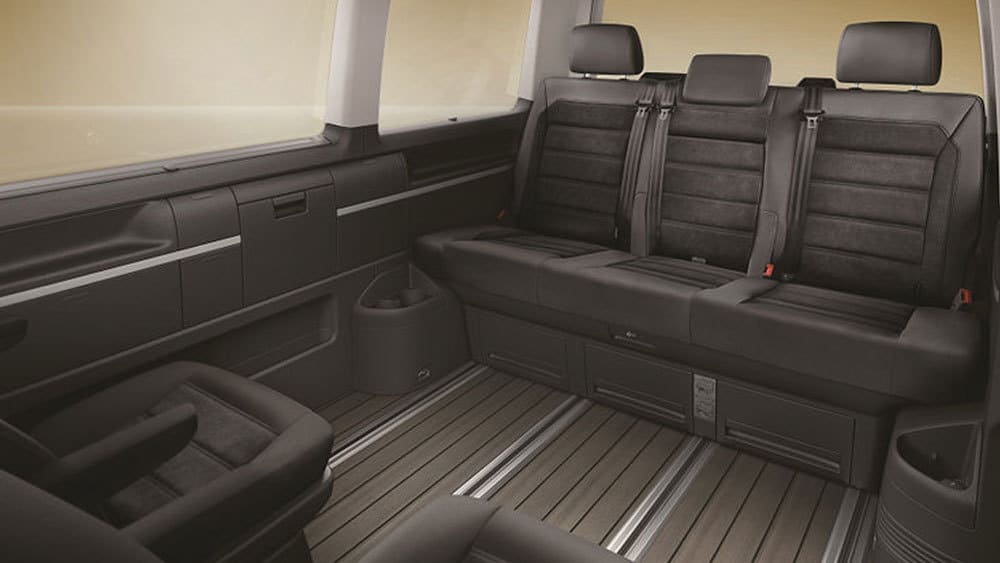
I lived several thousand km from the beach when the kombis became the correct vehicle for the coastal scene, but it wouldn’t have mattered much if one of the current Kombi 70s was available, because it has a big fuel tank and a 6.7 litres/ 100 km economy figure on the highway, so distance wouldn’t have been a problem.
However, getting in and out of it can be a bit of a challenge.
The seating is pretty high and here are handles all over the show so you can hoist yourself in and out.
The steering wheel angle shows its commercial heritage but the interior is comfy and you can spot a decent surf break from way off, thanks to its excellent visibility.
Another place where it differs from the original is in safety.
It now has airbags and a swag of electronic driver aids that were unimaginable in the years gone by, not to mention better brakes, rubber, better everything.
We certainly enjoyed our modernised nostalgia trip, appreciated the smiles and waves of other motorists and pedestrians, went home and dug out a Beach Boy album.
Now where’s my old record player and its little tin of needles?
LIKE:
-
The looks
-
Space
-
Comfort
-
Economy
-
Performance
-
Envious glances
DISLIKE:
-
Access to front seats
-
Giving it back
Scores:
- Looks
- Performance
- Safety
- Thirst
- Practicality
- Comfort
- Tech
- Value


